If you’ve been day trading for a while, you’ve probably run into slippage when filling an order. Depending on your trading style, it could even happen every day.
No one likes slippage because no one likes losing money. But if it happens, it’s usually not the end of the world. Studying certain indicators can potentially help you avoid certain stocks.
If you disregard these indicators and trade without a plan, you could end up with a terrible entry price.
This could make you second guess the trade and panic sell … We’ve all been there. It can also reduce your potential risk/reward, which is never good.
If you truly want to become a self-sufficient day trader, start focusing on the details. Don’t be stubborn … Put in the work now and stop taking trades that could expose you to slippage. Your future self will thank you.
Enough small talk. Let’s get down to brass tacks and I’ll show you why slippage is something you must be aware of…
Table of Contents
What Is Slippage?
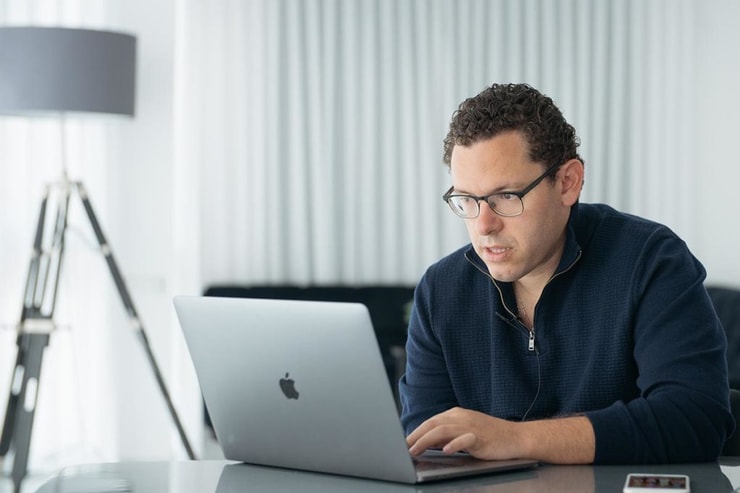
2025 Millionaire Media, LLCI love trading penny stocks. But if you don’t know what you’re doing, you could end up taking slippage.
Ever been in a situation where a stock is at your entry price, you click ‘buy,’ and the Level 2 quotes instantly jump and fill your order higher? Or you go to sell and the bids disappear and fill you lower?
That extra money you pay to get filled is known as slippage, and it usually happens with market orders.
When I first started day trading, this happened to me a lot. It took some time before I realized how sketchy market orders can be. I’ve always hated slippage because it can turn a great plan into a sketchy situation.
When you get filled at a higher entry than your plan calls for, it can mess with your head. You might think, “Is this trade worth it now that I’m risking more?”
But you don’t have to put yourself in that situation. And if you’re new to penny stocks, check out my FREE online guide and start learning today.
Understanding Why Slippage Occurs
The biggest cause is a lack of liquidity or volume.
If you take time to learn Level 2, you’ll notice that high-volume stocks can have bids and asks stacked to the point where the spread is just 1 or 2 cents. Or if it’s a low-priced OTC stock, the orders could be stacked at every 10th of a penny.
If a stock is trading millions or billions of shares, it can be easy to buy and sell in a tight range. But with fewer traders and less volume, the spread on Level 2 can start to widen.
This is where you see slippage the most.
I try my best to stick with high-volume stocks. Because if the current ask gets swiped, there’s a good chance the next ask won’t be much higher.
It’s also why I recommend new traders use limit orders instead of market orders.
You might not get completely filled every time, but the shares you do get will be in line with your trading plan. I think that’s way more important in the long run.
Example of Slippage
Let’s say a stock is approaching a breakout but isn’t necessarily trading tons of volume. The ask shows $2, which is also the breakout level. Let’s say you’re risking $1.90 for this example.
One second you think you’re about to nail the entry, so you click buy on a market order. The next thing you know, the ask jumps up to $2.10. Now you’re at the mercy of the markets.
If your order gets filled at $2.10, you instantly double your risk from 10 cents to 20. I don’t care how experienced you are, this can mess with your emotions.
Let’s say you typically stick with a 3-to-1 risk/reward ratio. Now you need the stock to hit $2.70 to reach that, where before you only needed $2.30.
Stick with limit orders to keep your trading plan strict. And always be aware of low-volume stocks. They can be big culprits for causing slippage.
How to Calculate Slippage

2025 Millionaire Media, LLCThe formula is pretty simple…
You take the price you got filled at (let’s say $2.10), and subtract it from your ideal entry ($2). That leaves you with 10 cents of slippage.
It might not sound like a lot. But if you take 1,000 shares, that’s $100! Those losses can add up over time, so don’t let it become a constant issue.
How Does Slippage Affect Your Trading?
Day trading is all about sticking with a strict trading plan.
When you spot a play, figure out an ideal entry and exit price that can potentially give you an edge. Having a plan means there’s little room for error.
If you plan to lock in profits when the stock reaches your 3-to-1 risk/reward, you need to nail the entry. If you get lazy and use a market order, you could get filled at a price that makes achieving that risk/reward much harder.
Slippage can also directly affect your emotions. A bad market fill can make you wish you never took the trade, even if the stock isn’t working against you.
Stick with a strict trading plan, high-volume stocks, and limit orders. Adopting these trading habits now could result in less slippage down the road.
How Do You Deal With Slippage?
Even if you’re extra careful, it can still happen from time to time. What matters most is how you deal with it…
Remain Calm
So you caught some slippage in a trade … It’s not the end of the world.
My number-one rule is to cut losses quickly, but you still need to use your head. The last thing you want to do is panic sell for a bigger loss than you planned for.
Stick with your current plan, but adjust it if you need to.
If it’s really an A+ setup, you might still be able to get 2-to-1 or even 3-to-1 risk/reward. But if you really feel uncomfortable, you should put a limit sell order at your entry and try to break even.
Just don’t panic.
The stock market can get extremely volatile at times. But I came up with a guide that can help you learn to navigate it. Get my “Volatility Survival Guide” and start prepping now!
More Breaking News
- Intuitive Machines’ Moon Mission: Prospects for LUNR
- LDOS Stock Soars After Black Arrow Missile Success
- Microvast Holdings Sees Notable Growth: Unpacking the Surge
Use Limit Orders
I almost always use limit orders to get filled.
My trading plan is way more important to me than risking slippage. I’ve been trading for so long that I’ve seen slippage losses add up, and now I do my best to minimize them.
When you use a limit order, you’ll only get filled at or below the price you specify. You might not get filled every trade, but it helps keep your plan intact.
If you don’t know how to use one, go to your order box and change the order type to limit. I recommend all traders make this a habit early on in their journeys.
Stick to High-Volume Stocks
High volume is almost always a great factor for day traders.
If you’re lazy and use market orders, there’s less of a chance you get filled at a crazy price. And if you use limit orders, there’s more of a chance you’ll get a complete fill.
To me, low-volume stocks typically aren’t worth the trouble.
If it’s a breakout, it might not run very far without increased buyers. If it’s a panic dip buy, it might not find the momentum to bounce. I prefer to not waste my time unless the relative volume is through the roof.
How to Avoid Slippage
You have to develop the right habits.
I know it can be hard when a stock looks like it’s ready to fly, and you get that urge to jump in. But you need to think twice before every trade.
Ask yourself questions like these…
- What’s the next highest ask above my entry price?
- Can my plan still work if I get filled there?
- Is there support near my risk level?
- If the stock dumps, will there be enough bidders for me to get out at a decent price?
This all boils down to sticking with A+ setups. Only trade stocks that have it all … Never settle for less.
Being picky can be a BIG factor when it comes to avoiding slippage.
Frequently Asked Questions About Slippage
More answers to more questions…
What Is a Slippage Rate?
Slippage is the difference between the price you expect to pay for a stock and the price you actually end up paying. Let’s say you try to buy a stock at $5, but as you click to buy, the ask jumps and fills you at $5.15. The extra 15 cents you paid would be the slippage rate.
What Is Positive Slippage?
Positive slippage can potentially result in getting a better buy or sell. If you try to sell a stock into strength at say $5.50, but the bids are still climbing, you could get filled higher. That could increase your risk/reward.
What Is Slippage Factor?
Slippage factor is the result of getting filled higher than your trading plan calls for. This can leave your plan with less potential risk/reward, and even make you feel like the trade is botched. But try to stay calm and assess the situation … The last thing you want to do is panic sell for a big loss.
Apply to My Trading Challenge
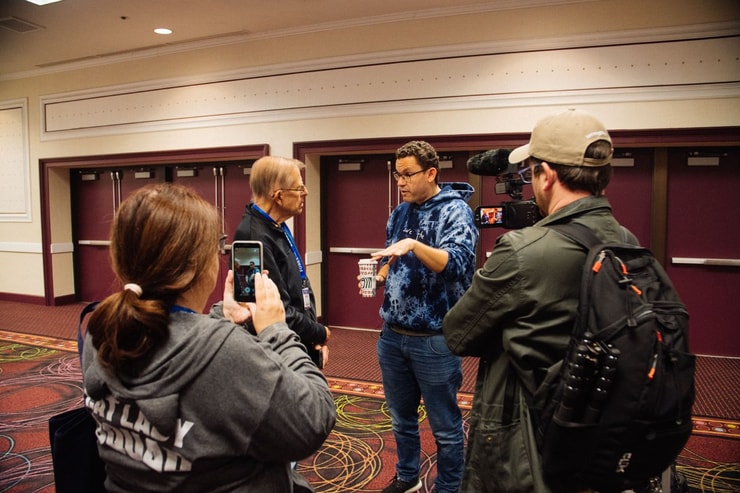
2025 Millionaire Media, LLCThere comes a point where traders have to ask themselves a critical question…
Are you ready to take your trading education to the next level?
If so, consider applying for my Trading Challenge. I’m an avid day trader, but I love being a trading mentor just as much.
I don’t waste my time on lazy students who just want hot stock picks. If that’s you, go find some ‘guru’ on Twitter. I only accept dedicated students who share my passion for education.
I teach my students all of the gritty details around day trading penny stocks, such as using certain indicators to avoid slippage. But that’s just the tip of the iceberg.
If you’re accepted into the Challenge, you have access to all the educational content you need. This includes live webinars, valuable video lessons, and more.
You’ll also get to network with other traders in our chat room every day. And you can earn about price action directly from me and some of my top students who have earned six and seven figures from trading.*
You can check out my trades first, too … I post them all on Profit.ly. It’s how traders can learn from my mistakes and use them to their advantage.
Day trading is a wild industry, and I want to help you learn to navigate it. Apply today and start your journey!
The Bottom Line on Slippage
Education is everything. The more you know about slippage, the better. Even if you’re a veteran, it can still happen from time to time. What’s important is how you handle it.
Don’t be lazy and use market orders. That’s one of the main causes of slippage, and these losses can add up over time.
Stick with high-volume stocks. Use limit orders to maintain better risk/reward and more confidence in your trades.
Develop these habits from early on. They can help you on the long road to becoming a self-sufficient trader.
What do you think? Has slippage ever been an issue in your trades? Let me know in the comments!
Disclaimer
*Please note that these kinds of trading results are not typical and do not reflect the experience of the majority of individuals using our products. From January 1, 2020, to December 31, 2020, typical users of the products and services offered by this website reported earning, on average, an estimated $49.91 in profit. This figure is taken from tracking user accounts on Profit.ly, a trading community platform. It takes years of dedication, hard work, and discipline to learn how to trade. Individual results will vary. Trading is inherently risky. Before making any trades, remember to do your due diligence and never risk more than you can afford to lose.
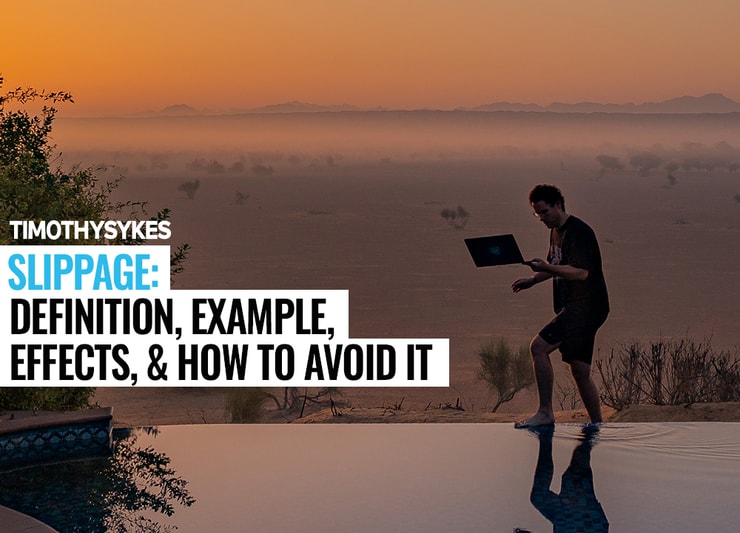
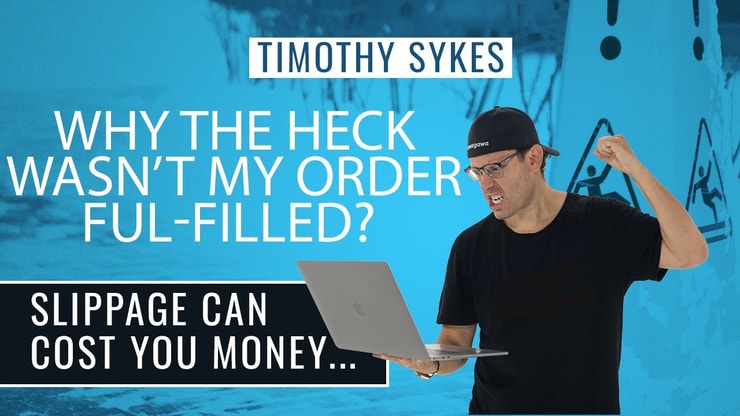

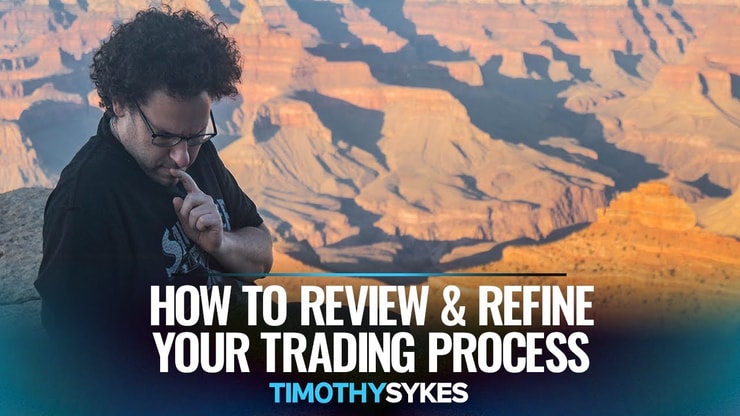

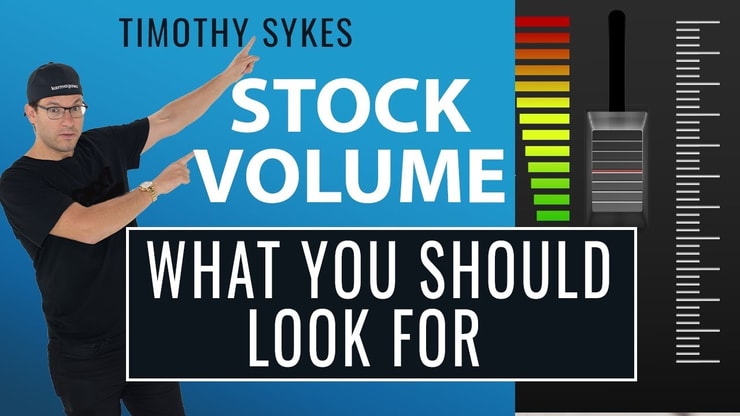







Leave a reply